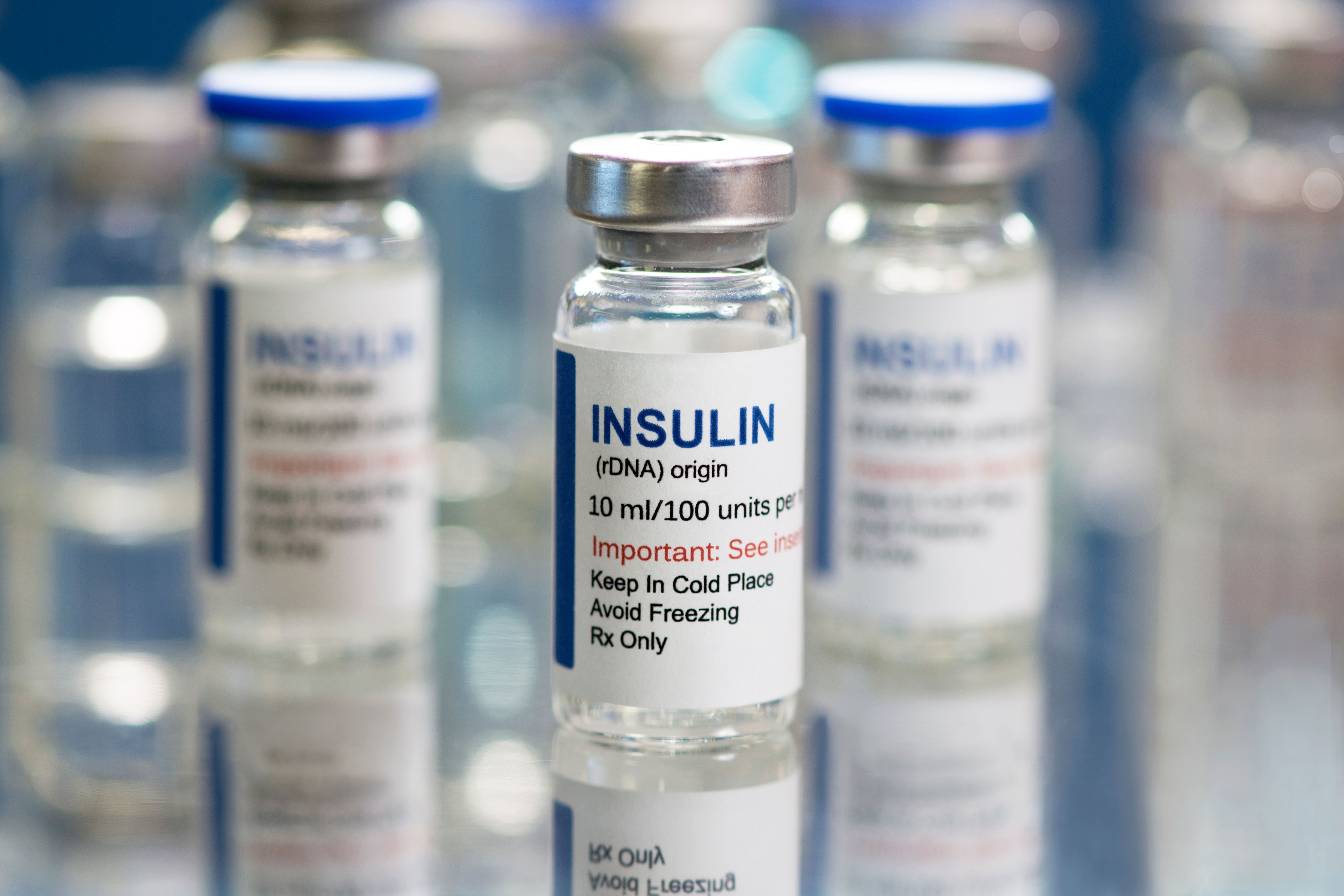Article
Study Confirms Overall Survival in DLBCL Is Comparable Between Rituximab Biosimilars and Rituxan
Author(s):
In comparison with reference rituximab (Rituxan), the use of rituximab biosimilars in combination therapy produced similar 3-year overall survival among patients with large-B-cell lymphoma (DLBCL), investigators concluded.
Patients with diffuse large-B-cell lymphoma (DLBCL) treated with rituximab in combination with cyclophosphamide, doxorubicin, vincristine, and prednisolone (R-CHOP) experienced similar 3-year overall survival (OS), regardless of whether they received the reference product or a biosimilar version, according to a recent study.
The Dutch study, published in Blood Advances, is the first population-based analysis to link treatment with rituximab biosimilars to survival in patients with newly diagnosed DLBCL since the European Medicines Agency (EMA) first began approving rituximab biosimilars in 2017.
“These results favor the use of R-biosimilars in the first-line treatment of DLBCL because this helps to constrain worldwide health care spending without negatively affecting OS,” wrote the investigators.
According to The Center for Biosimilars® Biosimilars Approvals directory, the United States and the European Union each have 3 approved rituximab biosimilars. Some countries in the European Union market the same biosimilar under different names, such as Truxima, Ritemvia, and Blizima (CT-P10; Celltrion Healthcare). R-CHOP is considered to be the standard treatment of patients with DLBCL.
The Netherlands was one of the first countries to prescribe rituximab biosimilars within heath care systems. However, it’s unknown whether the effect that rituximab biosimilars have on OS in patients newly diagnosed with DLBCL is comparable to that of the originator product (Rituxan).
The investigators collected data from the Netherlands Cancer Registry on patients with newly diagnosed DLBCL who were aged 18 years or older, were diagnosed between January 1, 2014, and December 31, 2018, and who received at least 1 cycle of R-CHOP. Using purchase information from Dutch hospitals for each month, the patients were split into 2 groups: the R-originator group or the R-biosimilars group.
In total, 4968 patients were identified and 4429 were included in the analysis, of whom 3553 were treated with the reference product and 876 were treated with a rituximab biosimilar. The median age in both groups was 68 years. Female patients comprised 41.3% and 39.3% of the R-originator group and R-biosimilars group, respectively.
The median follow-up time was 61.7 months for patients treated with the originator and 32.3 months for patients treated with a biosimilar. The 3-year OS was 73% (95% CI, 72-74) for patients treated with the originator product and 73% (95% CI, 7—76; P = .182) for patients treated with a biosimilar.
After adjusting for age of diagnosis, sex, International Prognostic Index score, and the number of R-CHOP cycles, the risk of mortality was similar between the biosimilar group (hazard ratio, 0.89; 95% CI, 0.76-1.05; P = .182) and originator group.
A higher proportion of patients in the R-biosimilars group had a score of 0 to 2 on the Eastern Cooperative Oncology Group (ECOG) performance scale than the R-originator group (57% vs 53%; P = .044). Additionally, a lower proportion of patients who received biosimilars had received more than 6 cycles of R-CHOP compared with the originator group (24% vs 30%; P = .004).
The overall response rate between the originator and biosimilar groups was not significantly different (85% v 84%; P = .326). Complete response was achieved by 74% of patients in the R-originator group compared with 72% of those in the R-biosimilar group. The proportion of patients who achieved a partial response was similar between the groups (11% for both).
There was a lack of detailed information on R-CHOP dosage per cycle for each patient and information on treatment-related toxicities, including reactions related to infusions, which the investigators listed as the main limitations of the study.
“Despite the previously mentioned limitations, this cancer registry represents an important tool to gain insight into the clinical data and outcome of large numbers of patients pre- and post-EMA approval because all newly diagnosed patients are captured,” said the investigators.
Reference
Brink M, Kahle XU, Vermaat JS, et al. Impact of rituximab biosimilars on overall survival in diffuse large B-cell lymphoma: A Dutch population-based study. Blood Adv. 2021;5(15):2958-2964. doi: 10.1182/bloodadvances.2021004295
Newsletter
Stay ahead of policy, cost, and value—subscribe to AJMC for expert insights at the intersection of clinical care and health economics.




